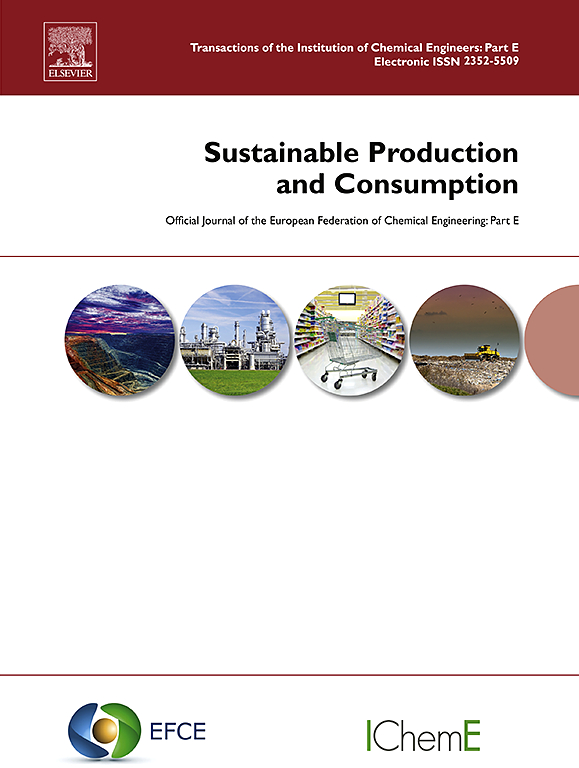将森林碳机会成本与木制建筑的温室气体排放替代效应联系起来:最佳气候概念
IF 10.9
1区 环境科学与生态学
Q1 ENVIRONMENTAL STUDIES
引用次数: 0
摘要
森林在未来几十年实现温室气体净零排放目标方面发挥着至关重要的作用,因为森林可以作为天然碳汇,从地球大气中清除二氧化碳。与其他建筑材料相比,使用木材作为建筑材料可降低整个生命周期的温室气体排放量,因此被认为是一种有效的气候变化减缓战略。然而,木材采伐对森林潜在碳储存的影响却在很大程度上被忽视了。在本研究中,我们研究了在考虑碳机会成本的情况下,使用木材作为建筑材料是否有利于减缓气候变化,碳机会成本代表的是由于木材采伐而避免在森林中积累的碳量。我们引入了气候最优概念,将木质建筑的温室气体排放替代和相关碳机会成本联系起来。将这一概念应用于案例研究建筑表明,木制建筑在减缓气候变化方面的温室气体替代效益被森林中的碳机会成本所掩盖。在我们的分析中,没有一种木制方案能够在生命周期内实现足够的温室气体排放替代,以补偿森林系统中由于采伐而未实现的碳储存潜力。建筑领域及其他领域的木质温室气体减排战略需要考虑森林中通过碳机会成本表现出来的这种未实现的碳储存潜力,以便更全面地了解森林和木质产品对气候的影响。本文章由计算机程序翻译,如有差异,请以英文原文为准。

Linking forest carbon opportunity costs and greenhouse gas emission substitution effects of wooden buildings: The climate optimum concept
Forests play a crucial role in achieving net-zero greenhouse gas emission targets in the coming decades, as they can act as natural carbon sinks by removing carbon dioxide from the Earth's atmosphere. The use of wood as a building material leads to lower greenhouse gas (GHG) emissions throughout its life cycle compared to other building materials and is therefore considered a valid climate change mitigation strategy. However, the impact of wood harvesting on the potential carbon storage in forests has largely been ignored. In this study, we investigated whether the use of wood as a building material is beneficial for climate change mitigation when considering carbon opportunity costs, which represent the amount of carbon prevented from accumulating in forests due to wood extraction. We introduce the climate optimum concept, which links both GHG emission substitution and associated carbon opportunity cost of wooden buildings. Application of the concept to a case study building shows that the GHG substitution benefits of wooden buildings for climate change mitigation are overshadowed by carbon opportunity costs in forests. In our analysis, no wooden scenario achieves sufficient life cycle embodied GHG emission substitution in order to compensate for the unrealized carbon storage potential in the forest system due to harvest. Wood-based GHG mitigation strategies in the building sector and beyond need to consider this unrealized carbon storage potential of forests expressed via carbon opportunity costs, in order to obtain a more comprehensive picture of the climate impact of forests and wood-based products.
求助全文
通过发布文献求助,成功后即可免费获取论文全文。
去求助
来源期刊

Sustainable Production and Consumption
Environmental Science-Environmental Engineering
CiteScore
17.40
自引率
7.40%
发文量
389
审稿时长
13 days
期刊介绍:
Sustainable production and consumption refers to the production and utilization of goods and services in a way that benefits society, is economically viable, and has minimal environmental impact throughout its entire lifespan. Our journal is dedicated to publishing top-notch interdisciplinary research and practical studies in this emerging field. We take a distinctive approach by examining the interplay between technology, consumption patterns, and policy to identify sustainable solutions for both production and consumption systems.
 求助内容:
求助内容: 应助结果提醒方式:
应助结果提醒方式:


